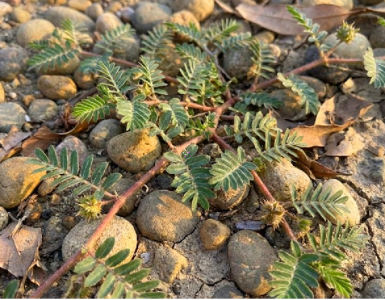In the world of gardening, the quest for the perfect fertilizer is eternal. From commercial blends to homemade concoctions, gardeners are always on the lookout for that magic formula that will coax the fullest potential from their plants. Amidst this search, a humble yet surprisingly effective ingredient has emerged – eggshells. Once destined for the compost heap, these kitchen castoffs are now being hailed as the secret to bountiful tomato harvests. Let’s delve into the science behind eggshell fertilizer and uncover how it can transform your tomato patch into a flourishing haven.
The Benefits of Eggshell Fertilizer:
Eggshells are rich in calcium carbonate, a mineral essential for plant growth and development. Tomatoes, in particular, have high calcium demands, especially during fruit formation. Calcium deficiency in tomatoes can lead to blossom end rot, a common ailment characterized by dark, sunken patches on the fruit. By incorporating eggshell fertilizer into your gardening routine, you can fortify your tomato plants against this debilitating condition.
Moreover, eggshells offer a slow-release source of calcium, ensuring a steady supply to your plants over time. Unlike water-soluble fertilizers that can leach away quickly, eggshell calcium persists in the soil, providing long-term benefits to your garden. This gradual release mechanism promotes steady growth and strong root development, laying the foundation for robust tomato plants capable of bearing abundant fruit.
How to Make Eggshell Fertilizer:
Creating eggshell fertilizer is a simple and sustainable process that anyone can undertake. Start by collecting eggshells from your kitchen. Rinse them thoroughly to remove any remaining egg white or yolk, then allow them to air dry. Once dry, crush the eggshells into small pieces using a mortar and pestle or a food processor. The goal is to break them down into fine particles that can be easily incorporated into the soil.
Next, sprinkle the crushed eggshells around the base of your tomato plants, ensuring even coverage. Alternatively, you can mix the eggshells directly into the soil when planting or incorporate them into your compost pile to enhance its calcium content. As the eggshells decompose, they will gradually release calcium into the soil, enriching it and nourishing your tomato plants from the roots up.
Tips for Success:
While eggshell fertilizer can work wonders for your tomato plants, there are a few tips to keep in mind to maximize its effectiveness:
Crush the eggshells finely to accelerate decomposition and ensure optimal nutrient release.
Apply the fertilizer early in the growing season to provide ample calcium during fruit set.
Combine eggshell fertilizer with other organic amendments, such as compost or mulch, for comprehensive soil enrichment.
Monitor your plants for signs of calcium deficiency and adjust your fertilization regimen accordingly.
In the quest for abundant tomato harvests, eggshell fertilizer stands out as a natural and sustainable solution. By harnessing the calcium-rich goodness of eggshells, gardeners can promote healthy growth, prevent nutrient deficiencies, and unlock the full potential of their tomato plants. So, the next time you crack an egg for breakfast, don’t discard the shells – instead, save them for your garden and watch your tomatoes thrive like never before.






Add comment